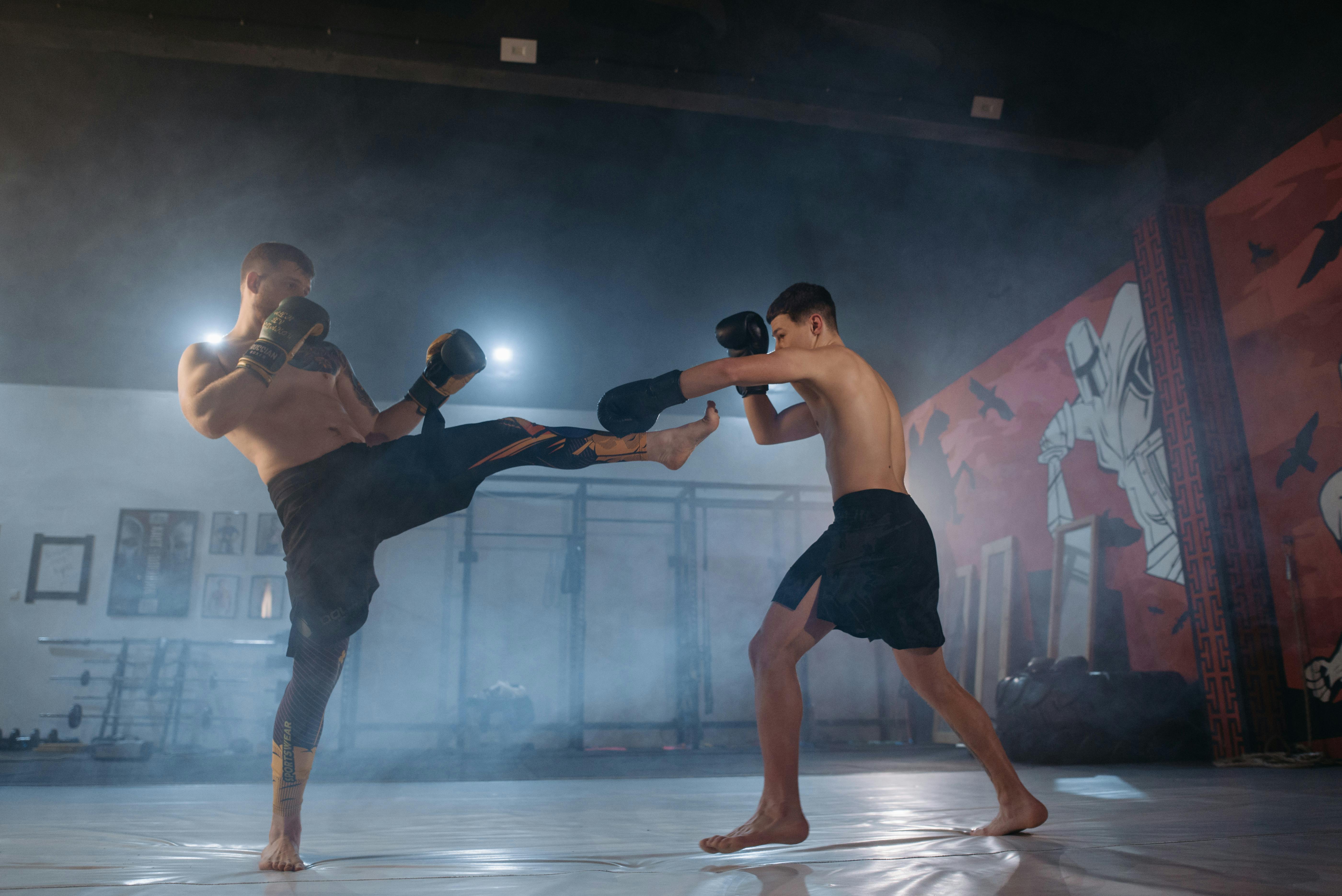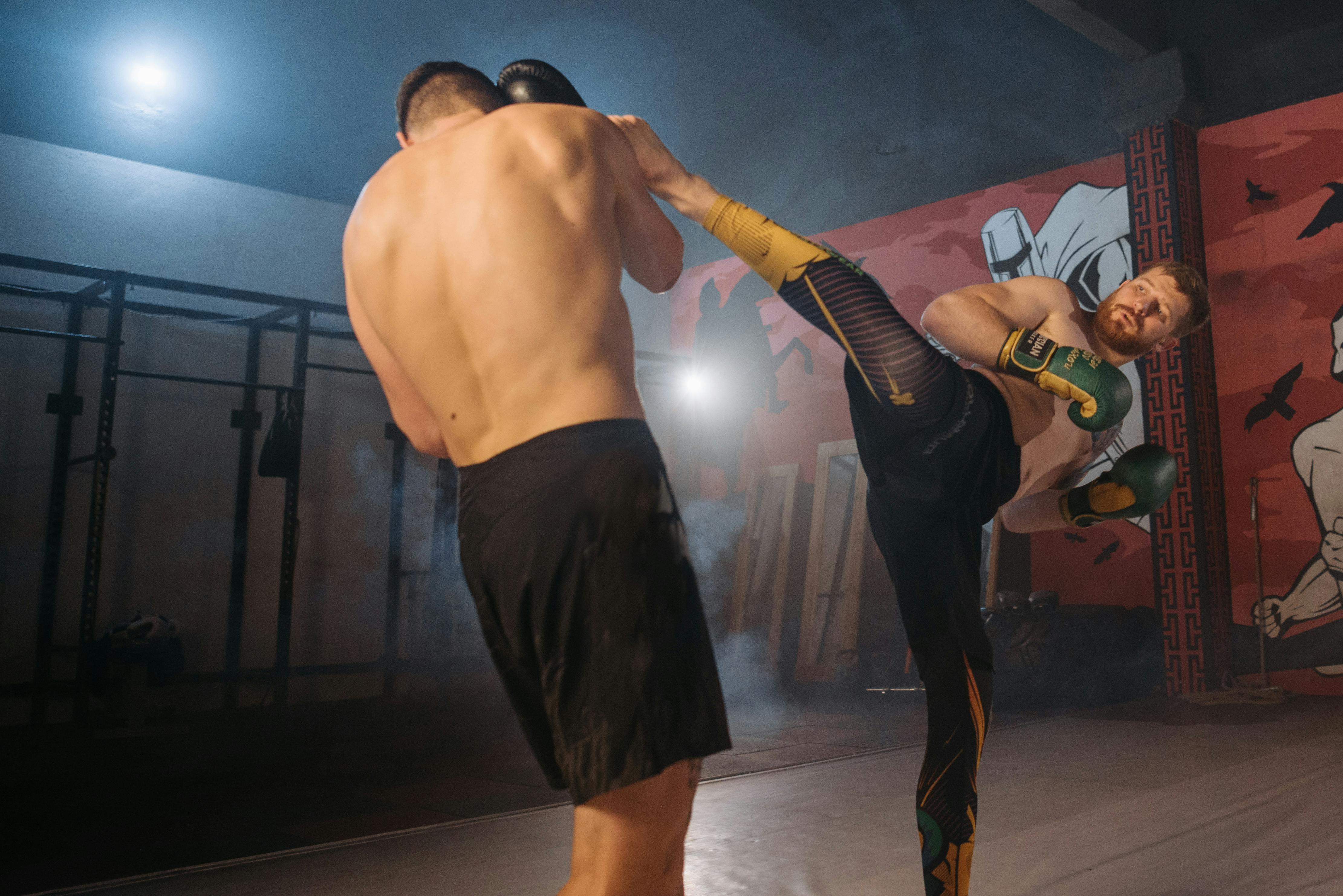How To Wear A Mouthguard

Wearing a mouthguard is a vital step in protecting your teeth and mouth during sports and other activities. While the most common use of a mouthguard is to protect your teeth when playing sports such as football, hockey, and boxing, it can also be used to protect your teeth during everyday activities such as skateboarding and rollerblading. There are several types of mouthguards available for purchase, but the best way to ensure proper fit and protection is by having a professional make a custom-fitted one for you. This article will provide tips on how to wear a mouthguard properly so it offers maximum protection.Choosing the right mouthguard is important to ensure that your teeth and mouth are protected during sports and other activities. Here are some steps to help you choose the right mouthguard for your needs:
1. Determine the type of protection you need. Mouthguards vary in terms of protection, so it’s important to consider what type of protection you need. Do you play contact sports? Do you participate in extreme sports like skateboarding or snowboarding? The type of activity will determine the type of mouthguard that is best for your needs.
2. Consider the fit and comfort of the mouthguard. Make sure that the mouthguard fits properly in your mouth and doesn’t interfere with breathing or speaking. It should also be comfortable enough to wear for long periods of time without causing irritation to your gums or lips.
3. Choose a design that works best for you. There are several designs available, including boil-and-bite, custom-made, and pre-formed models. Boil-and-bite models allow you to customize the fit by boiling them in water and then biting into them while they’re still warm, while custom-made models require a visit to a dentist who can create a mold of your teeth for an exact fit. Pre-formed models are ready to wear out of the box but may not provide as secure a fit as other types.
4. Consider special features such as straps or air cushions, if desired. Some mouthguards come with special features such as straps for extra security or air cushions for added comfort. If these features are important to you, make sure they’re included in the model you choose.
5. Choose a durable material that is BPA free and easy to clean . Mouthguards should be made from durable materials such as latex or silicone that won’t tear or deform easily during use, and should also be BPA free to avoid any potential health risks associated with chemical exposure from plastic materials . You should also look for a model that is easy to clean so it can stay fresh and hygienic between uses .
Reasons for Wearing a Mouthguard
Mouthguards are protective devices used to prevent injuries to the mouth, teeth, and gums. They are an important piece of protective equipment for anyone who participates in sports or activities that involve physical contact. Wearing a mouthguard can help protect the teeth from damage and reduce the risk of concussion or other head injury. Here are some of the most common reasons why people wear mouthguards:
To Prevent Injury: The primary purpose of wearing a mouthguard is to protect the teeth, gums, and jaw from injury. Mouthguards are designed to absorb shock and reduce trauma to these areas in case of impact or contact with another player or object.
To Reduce Risk of Concussion: Another reason to wear a mouthguard is to reduce the risk of concussion or other head injury. Studies have shown that wearing a properly fitted mouthguard can reduce the severity and frequency of concussions by up to 50%.
To Reduce Bruising: Wearing a mouthguard can also help reduce bruising and swelling in the face after an impact. This is because the device helps cushion and absorb some of the force from an impact, which can limit facial trauma.
To Improve Performance: Mouthguards can also be used to improve performance in certain sports or activities. For instance, athletes who play contact sports may find that wearing a mouth guard helps them breathe easier during intense physical activity, which can improve their overall performance.
For Comfort: Finally, many people find that wearing a properly fitted mouthguard is more comfortable than not wearing one at all. This is especially true for athletes who participate in contact sports or activities that require intense physical exertion.
Benefits of Wearing a Mouthguard
Mouthguards are an important piece of protective equipment for athletes and recreational sports players. They provide protection against dental trauma and can help reduce the risk of concussions. Wearing a mouthguard can also help reduce the severity of injuries to the face, neck, and head. Here are some of the benefits of wearing a mouthguard:
First, a mouthguard helps cushion blows to the face, which reduces the risk of broken teeth or other facial injuries. It also helps protect against jaw fractures or dislocations. The cushioning effect helps spread out force from impacts, reducing the risk of concussion and other head injuries.
Second, wearing a mouthguard may also improve performance on certain athletic activities. The additional layer of protection can help athletes focus on their technique without worrying about potential injuries to their mouths or jaws. This may lead to improved performance when playing sports such as football or rugby.
Third, wearing a mouthguard may help prevent diseases such as temporomandibular joint (TMJ) disorder or bruxism (teeth grinding). TMJ disorder is caused by inflammation in the jaw joint which can be exacerbated by contact sports or other activities that require repetitive movements such as running or cycling. Bruxism is caused by unconscious grinding and clenching of teeth that often occurs during sleep. Wearing a mouthguard can help prevent these conditions from developing or worsening.
Finally, mouthguards can be designed with orthodontic features to help correct malocclusion (improper alignment) in teeth and jaws. This may be beneficial for athletes who need to improve their bite alignment for optimal performance. Additionally, some orthodontic mouthguards can also provide relief from TMJ pain and discomfort.
In conclusion, there are many benefits to wearing a properly fitted mouthguard when participating in athletic activities or recreational sports. Mouthguards provide an added layer of protection against dental trauma and face injuries while also helping reduce the risk of concussions and other head injuries. They may also improve performance on certain activities and provide orthodontic benefits for athletes who need to correct their bite alignment for optimal performance.
How to Clean Your Mouthguard
Mouthguards are essential pieces of equipment for athletes participating in contact sports, such as football, rugby, and hockey. Not only do they protect the teeth and gums from injury, but they also absorb shock and prevent concussions. It is important to wear a clean mouthguard to help reduce bacteria buildup and prevent infection. Here are some tips on how to clean your mouthguard:
The first step in cleaning your mouthguard is to rinse it off with cold water after every use. This will help remove dirt and saliva that have accumulated on the surface of the guard. If you don’t have time to give it a thorough scrubbing, rinsing it off with cold water can still help keep it clean.
The next step is to use a toothbrush and toothpaste to scrub it thoroughly. This will help remove any bacteria or plaque that may have built up on the surface of the mouthguard over time. Make sure you brush all sides of the guard, including the inside and outside surfaces as well as any grooves or crevices.
Once you’ve finished brushing your mouthguard, you should rinse it off with cold water again. You can also soak your guard in an antibacterial solution for 5-10 minutes if you want an extra deep clean. Be sure to use a solution that is specifically made for cleaning mouthguards so that it doesn’t damage the material.
Finally, let your mouthguard air dry before storing it away in its case. You can also leave it out overnight if need be so that it has plenty of time to dry completely before putting it into storage.
By following these simple steps, you can easily keep your mouthguard clean and free from bacteria buildup and plaque. This will help ensure that your guard remains effective at protecting your teeth and gums during contact sports activities.
Types of Sports That Require a Mouthguard
Mouthguards are an important part of any sport or activity that involves physical contact. Depending on the type of sport, the use of a mouthguard may be optional or mandatory. Here is a list of sports that require the use of a mouthguard:
Football: In football, all players must wear a mouthguard to protect their teeth and mouth from being damaged. The American Dental Association recommends that all players wear a custom-fitted mouthguard for maximum protection.
Hockey: Hockey is another contact sport in which players are required to wear mouthguards. The International Ice Hockey Federation (IIHF) requires all players to wear full face shields and mouthguards when playing in international competitions and tournaments.
Boxing: Boxers must always wear protective gear, including headgear, gloves, and a mouthguard. This helps protect them from getting punched in the face and from other injuries that could occur during the match.
Martial Arts: In martial arts, it is important to protect your teeth and gums from being damaged by strikes or grapples from your opponent. Many martial arts schools require students to wear mouthguards while sparring or competing in tournaments.
Lacrosse: In lacrosse, players are not only required to wear helmets but also mouthguards for additional protection against facial injuries. The National Collegiate Athletic Association (NCAA) mandates that all lacrosse players must wear protective gear, including helmets with face masks and proper fitting mouthguards at all times when playing or practicing on the field.
Athletes who participate in any of these sports should make sure they are wearing proper protective gear to avoid serious injury during play. Wearing a properly fitted customized mouthguard can help reduce the risk of oral injury and provide additional protection against facial trauma while playing sports.

When is the Appropriate Age for Wearing a Mouthguard?
Mouthguards are an important piece of protective gear for athletes of all ages, but when is the appropriate age for wearing one? Generally speaking, mouthguards should be worn as soon as children start playing contact sports or engaging in activities that involve physical contact. This includes sports such as football, hockey, lacrosse, and basketball.
While there is no hard and fast rule about when to start wearing a mouthguard, most experts recommend that children begin wearing one at age 8 or 9. This is because young children’s teeth are still growing and their jaws are still developing, making them more susceptible to injury. Additionally, since many sports involve collisions and falls, protecting the mouth from potential trauma is important.
Mouthguards provide protection in two ways: they help cushion the blow from any impact and they help keep teeth in place in case of a fall or collision. They also help reduce the risk of serious injuries such as concussions and broken teeth. In addition to providing protection during physical activity, mouthguards can also be worn at night to help prevent teeth grinding or clenching, which can lead to long-term damage if left untreated.
Overall, it is important to protect your child’s smile by having them wear a mouthguard during any contact activity or sport. While there is no exact age when it becomes necessary to wear one, it is best to err on the side of caution and have children start wearing a mouthguard from an early age.
What Size of Mouthguard Should You Get?
When it comes to choosing the right size of mouthguard, there are a few things to consider. First, you need to measure your mouth and determine the size that best fits your needs. If you are purchasing a ready-made mouthguard, then you will need to measure your mouth and compare the measurements to the sizes available in the store. If you are having a custom-made mouthguard made, then you will need to provide these measurements to the manufacturer or dental professional who is making it.
In addition to measuring your mouth, it is important to take into account factors such as age and activity level when selecting the right size of mouthguard. For instance, children may require a smaller mouthguard than adults due to their smaller mouths. Similarly, athletes who participate in contact sports may require larger or thicker mouthguards than those who do not engage in contact sports.
Finally, it is important to consider the comfort level when selecting a size of mouthguard. It should fit snugly but not be too tight or too loose as this can affect its effectiveness in protecting your teeth from injury during activities such as sports. Make sure that you try on different sizes before making a purchase so that you can find one that fits comfortably and securely without hindering your ability to breathe or speak clearly while wearing it.
Overall, choosing the right size of mouthguard is an important step in ensuring that it provides maximum protection for your teeth during activities such as sports and other physical activities. It is important to take into account factors such as age, activity level and comfort when selecting a size so that it fits properly and provides adequate protection against injury during activities requiring impact with another object or person.
How to Fit Your Mouthguard Properly
Wearing a mouthguard is essential for protecting your teeth and gums while playing sports. It is important to make sure you wear the mouthguard properly so that it can provide maximum protection. Here are some steps to help you fit your mouthguard properly:
1. Begin by boiling water in a pot on the stove or in the microwave. Boil the water for about one minute, and then turn off the heat.
2. Place the mouthguard into the hot water for about 30 seconds. This will soften it so that it can be molded more easily.
3. Remove the mouthguard from the hot water and place it in cold water for about 10 seconds. This will help cool it down and make it easier to handle.
4. Put the mouthguard in your mouth and bite down firmly to form a mold of your teeth and gums. Make sure you evenly disperse pressure throughout your mouth while biting down.
5. Take out the mouthguard from your mouth and use your fingers to shape it around your teeth and gums. Make sure there are no gaps between your teeth, as this can cause injury if something hits those areas during play.
6. Once you have shaped it, place it back in cold water for 10 more seconds so that it sets into its new shape.
7. Finally, take out the mouthguard from cold water and try it on again to make sure that it fits securely and comfortably in your mouth before you start playing sports with it on.
Following these steps will help ensure that you have a properly fittedmouthguard that will provide maximum protection while playing sports.

Conclusion
Mouthguards provide a valuable protective device for athletes and non-athletes alike. They help to protect your teeth, jaw, and brain from potential injury and keep you safe when engaging in sports and other activities. Wearing a mouthguard is essential for players of all ages, regardless of the sport they are playing.
When choosing a mouthguard, it’s important to ensure that it fits correctly. The best way to do this is by having it custom-made by your dentist or orthodontist. If you choose to buy an over-the-counter mouthguard, make sure you pick the right one for your age, size, and activity level.
In addition to wearing a properly fitted mouthguard, take other safety precautions such as wearing helmets, pads, and other protective gear when engaging in sports or activities that can cause injury. Taking proper safety precautions can help reduce the risk of serious injury from occurring.
Overall, wearing a properly fitted mouthguard is an important way to protect your teeth, jaw, and brain from potential injuries while participating in sports or recreational activities. By following these steps and taking the necessary safety precautions when engaging in physical activity you can help protect yourself from potential harm.
